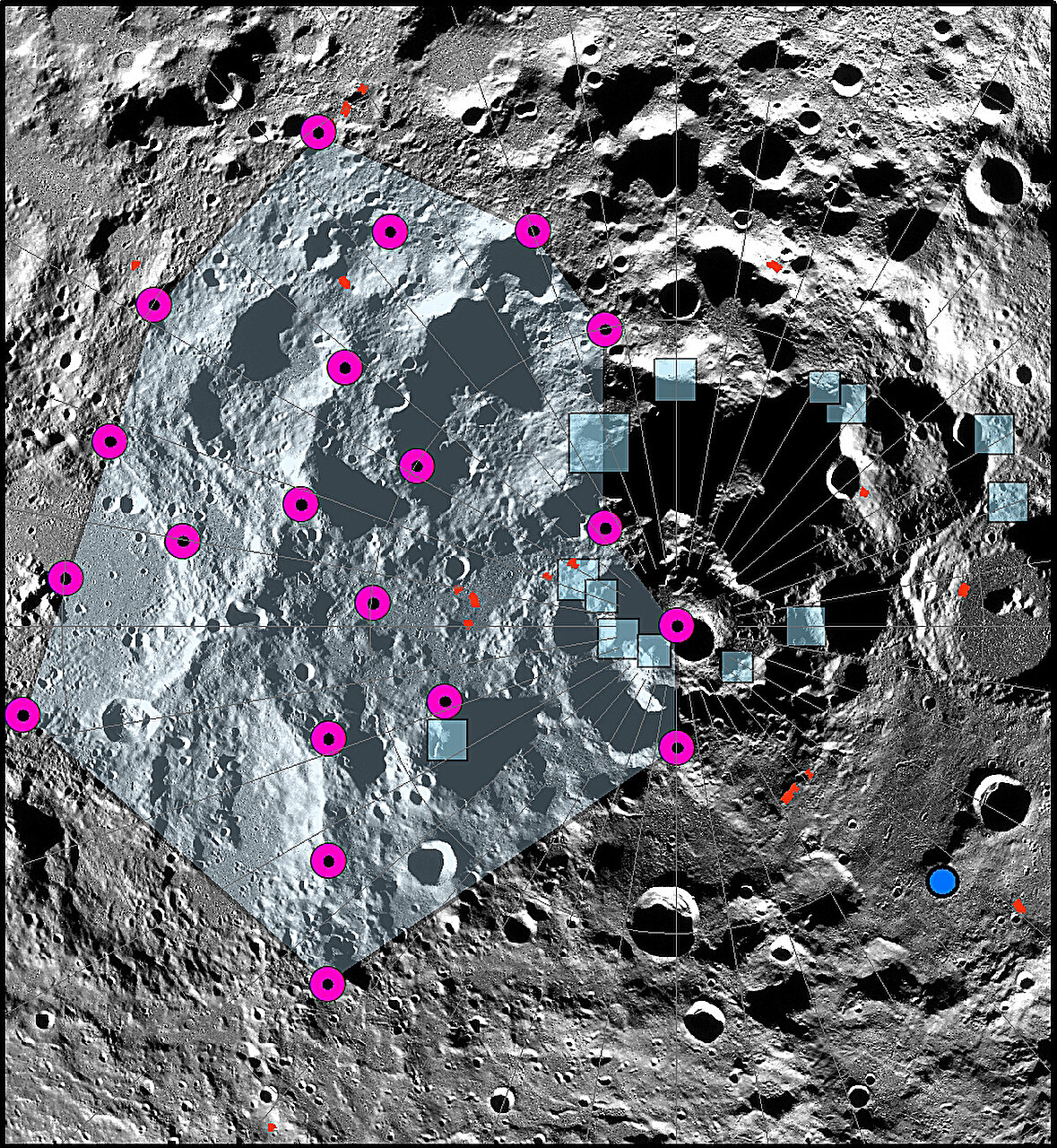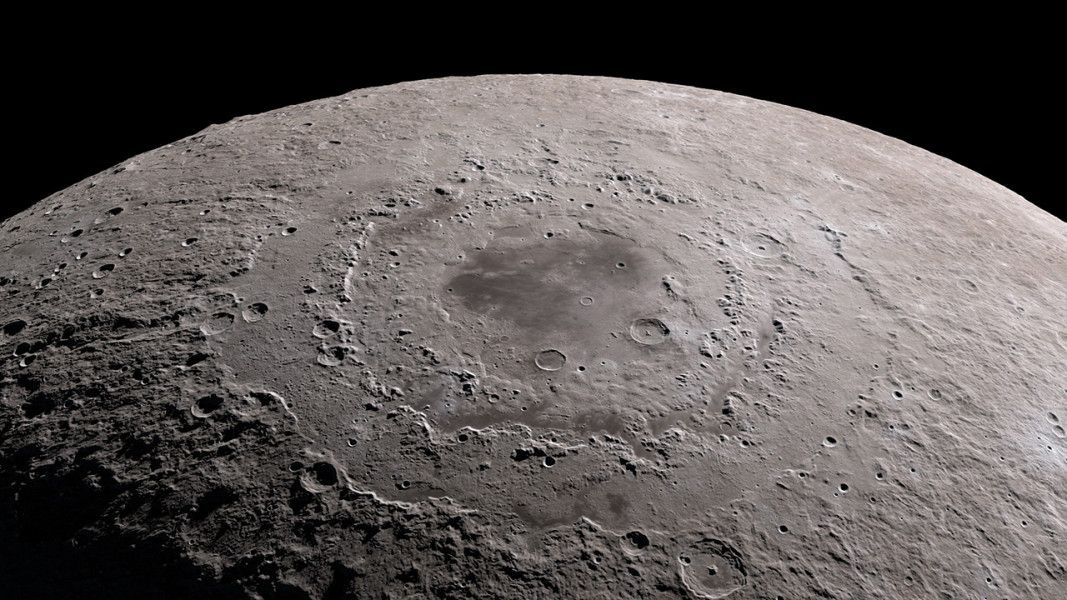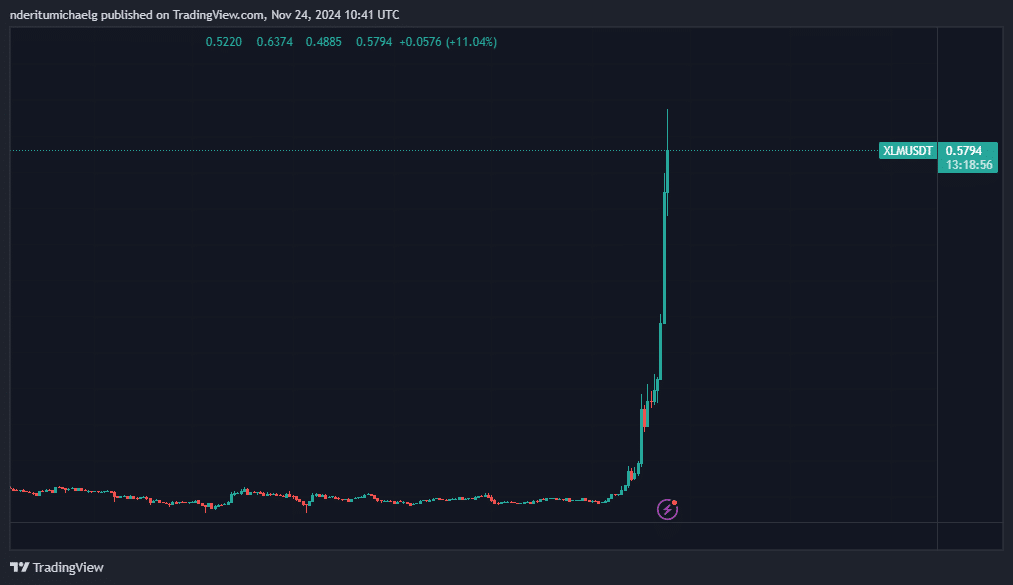Earth’s moon has shrunk by over 150 feet in diameter over the past few hundred million years as its core has cooled. This shrinking has resulted in the development of creases on the moon’s surface, similar to how a grape wrinkles as it turns into a raisin. However, unlike the flexibility of a grape’s skin, the moon’s surface is brittle, leading to the formation of faults where crust sections push against each other.
A group of scientists has discovered evidence that the moon’s ongoing contraction has caused significant surface warping in its south polar region, including areas designated for NASA’s crewed Artemis III landings. The formation of faults due to the moon’s contraction is often accompanied by seismic activity, such as moonquakes, posing potential risks to future human exploration efforts in locations near or within these fault zones.
In a published paper in The Planetary Science Journal, the team linked a series of faults in the moon’s south polar region to one of the most powerful moonquakes recorded by Apollo seismometers over 50 years ago. Through the use of models to simulate the stability of surface slopes in the region, the team identified certain areas as particularly susceptible to landslides resulting from seismic shaking.
Lead author of the study, Thomas R. Watters, a senior scientist emeritus in the National Air and Space Museum’s Center for Earth and Planetary Studies, stated, “Our modeling suggests that shallow moonquakes capable of producing strong ground shaking in the south polar region are possible from slip events on existing faults or the formation of new thrust faults. The global distribution of young thrust faults, their potential to be active, and the potential to form new thrust faults from ongoing global contraction should be considered when planning the location and stability of permanent outposts on the moon.”
Shallow moonquakes, occurring near the moon’s surface, result from faults in the moon’s interior and can cause significant damage to structures and equipment. Unlike earthquakes, shallow moonquakes can last for prolonged periods, such as the magnitude 5 moonquake recorded by the Apollo Passive Seismic Network in the 1970s, which the research team linked to a group of faults detected by the Lunar Reconnaissance Orbiter more recently.
Co-author of the paper, Nicholas Schmerr, an associate professor of geology at the University of Maryland, explained, “You can think of the moon’s surface as being dry, grounded gravel and dust. Over billions of years, the surface has been hit by asteroids and comets, with the resulting angular fragments constantly getting ejected from the impacts. As a result, the reworked surface material can be micron-sized to boulder-sized, but all very loosely consolidated. Loose sediments make it very possible for shaking and landslides to occur.”
The researchers are continuing to map the moon and its seismic activity with the hope of identifying more hazardous locations for human exploration. The Artemis missions, scheduled to launch their first crewed flight in late 2024, aim to establish a long-term presence on the moon and ultimately develop the ability to live and work on another world through moon-based observatories, outposts, and settlements.
Schmerr emphasized the importance of the research in preparing for the upcoming Artemis missions, stating, “As we get closer to the crewed Artemis mission’s launch date, it’s important to keep our astronauts, our equipment, and infrastructure as safe as possible. This work is helping us prepare for what awaits us on the moon—whether that’s engineering structures that can better withstand lunar seismic activity or protecting people from really dangerous zones.”
For more information:
Watters et al, Tectonics and Seismicity of the Lunar South Polar Region, The Planetary Science Journal (2024). DOI: 10.3847/PSJ/ad1332














